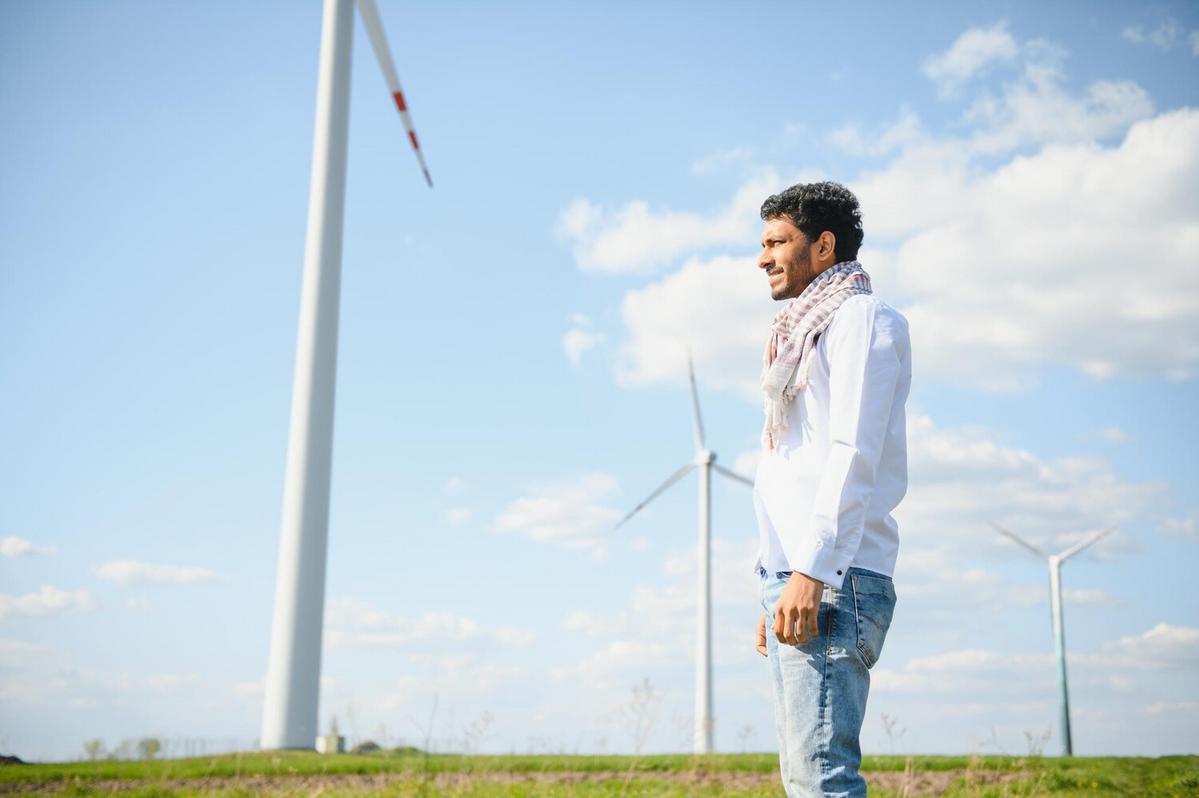
How Wind Farms are Transforming Energy Landscapes
As the world increasingly turns its focus towards sustainable energy solutions, wind farms have emerged as transformative players in the energy sector. These sprawling installations not only harness the power of the wind to generate electricity but also reshape how we think about and interact with our energy landscapes.
Wind farms, with their towering turbines and sweeping blades, have become a symbol of renewable energy’s potential. They are more than just a source of clean energy; they are a testament to human ingenuity and commitment to environmental stewardship. According to the Global Wind Energy Council, global wind power capacity has reached over 700 gigawatts, a number that continues to grow as technological advancements make wind energy more efficient and cost-effective.
Transformational Impact
Wind farms are transforming energy landscapes in several key ways. Firstly, they provide a renewable and sustainable source of energy that reduces reliance on fossil fuels. This shift not only helps decrease carbon emissions but also contributes to energy security by diversifying energy sources. An expert in renewable energy, Professor Mark Jacobson from Stanford University, highlights that wind farms are crucial in the transition to a 100% renewable energy grid, offering a scalable solution to meet increasing energy demands.
Statistics and Research
Research from the International Renewable Energy Agency (IRENA) shows that wind energy could supply up to 35% of global electricity needs by 2050. This potential is driven by declining costs and increased efficiency of wind turbines. Additionally, the employment opportunities generated by the wind sector are significant, with over 1.2 million jobs worldwide in 2020, according to IRENA.
Real-World Examples
Take the example of Denmark, which generates over 40% of its electricity from wind power. This success is a result of strategic investment and supportive policies. The Horns Rev 3 Offshore Wind Farm, one of the largest in Denmark, exemplifies how wind farms can be integrated into the national grid effectively, serving as a model for other countries.
Actionable Tips for Supporting Wind Energy
- Advocate for policies that promote renewable energy investment.
- Support community wind projects to encourage local involvement.
- Educate others about the benefits of wind energy and its environmental impact.
Comparison Table: Wind Energy vs. Other Renewables
| Factor | Wind Energy | Solar Energy | Hydropower |
|---|---|---|---|
| Carbon Emissions | Low | Low | Low |
| Initial Cost | High | Medium | High |
| Land Use | Medium | Low | High |
| Scalability | High | Medium | Medium |
| Energy Consistency | Variable | Variable | High |
| Employment Opportunities | High | Medium | Medium |
| Impact on Wildlife | Medium | Low | High |
| Future Potential | High | High | Medium |
Frequently Asked Questions
How do wind farms work?
Wind farms use large turbines to capture wind energy and convert it into electricity. The turbines’ blades turn when the wind blows, driving a generator that produces electrical power.
Are wind farms noisy?
Modern wind turbines are designed to minimize noise, and advancements continue to reduce sound levels. While some noise is unavoidable, it is generally not disruptive to nearby communities.
What are the environmental benefits of wind energy?
Wind energy is renewable and does not produce greenhouse gases during operation, making it an environmentally friendly alternative to fossil fuels.
Can wind energy be used everywhere?
Wind energy is most effective in areas with consistent and strong winds, but technological improvements are expanding its viability across diverse locations.
In conclusion, wind farms represent a pivotal shift in how we produce and consume energy. By reducing carbon emissions, creating jobs, and fostering energy independence, they play an essential role in building a sustainable future. As individuals and communities, supporting renewable energy initiatives can drive further innovation and adoption of wind power. For those interested in learning more, resources such as the Global Wind Energy Council and IRENA offer extensive insights into the ongoing developments in this field. Embrace the wind, and be part of the change towards a cleaner, greener planet.


